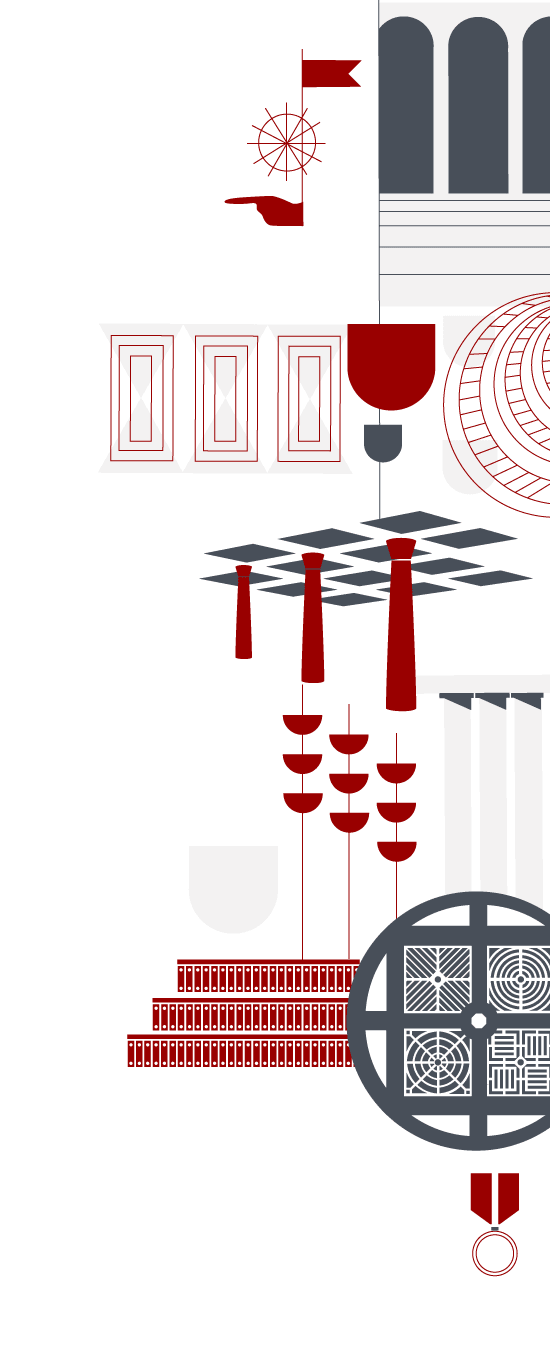
Discovering Padua
A city definable as truly student-friendly, Padua hosts over 70,000 students within a population of about 210,000 inhabitants: these are the numbers depicting one of the oldest university towns, where student and city life coexist in close proximity on a daily basis.
The student-filled piazzas, the open air of the river banks enjoyed by joggers, a summer aperitif on the Piovego waterfront, not to mention an abundance of cultural, musical and sporting events... all features of a vibrant and welcoming city where students can spend time in places full of history, art and beauty, like the Botanical Garden where they can go free of charge. Many different languages can be heard when walking around the city streets, not least as a result of the continuous flow of international tourists.
Padua is also well-endowed with parks, green spaces and bicycle lanes (currently 170 km), allowing students to get from A to B quickly and easily, every day. And if the need arises, there is also a car-sharing scheme available, with 28 docking stations. Similarly, people keen on sports are well catered for, with the University Sports Centre (CUS) offering a wide range of activities, individual and team alike.
There are always plenty of opportunities to hear good music, and many of the shops in the city accept the Studiare a Padua Card, which entitles university students and employees to price discounts.
More and more initiatives are being introduced for low price admission to theatres and concert halls, including shows at the Gran Teatro Geox, subscriptions and special price tickets for the Teatro Verdi, and admission free of charge to events staged by RadioBue.it, the University's web radio station.
Fun fact: a dialect rhyme about Padua
A traditional dialect rhyme describes Padua as having a meadow without grass, a saint without a name and a café without doors.
The meadow without grass is Prato della Valle, one of Europe’s largest squares. The current configuration of Prato della Valle dates from 1775 when a marshy area was reclaimed. At the centre is a large elliptical island surrounded by a canal and decorated with 78 statues of famous people associated with Padua. People go there to practise sports and on Saturday it is transformed into an evocative market.
The saint without a name refers to the basilica dedicated to Saint Anthony, known by the city’s inhabitants simply as “il Santo” (the Saint). Built in the 13th century, it contains numerous works of inestimable artistic value. Its silhouette, with oriental style bell towers, stands out majestically against the sky, a characteristic feature of the city’s horizon.
The café without doors is the Caffè Pedrocchi, built in 1826 to a design by Jappelli. It was described as without doors as it represented a “refuge” ever ready to welcome travellers and intellectuals. A place to meet and talk, it is animated by concerts, exhibitions and conferences. But the city goes on and on, in squares and corners which tell its history, in historic buildings which reveal its art, in streets which year after year welcome students and accompany them during their stay.


